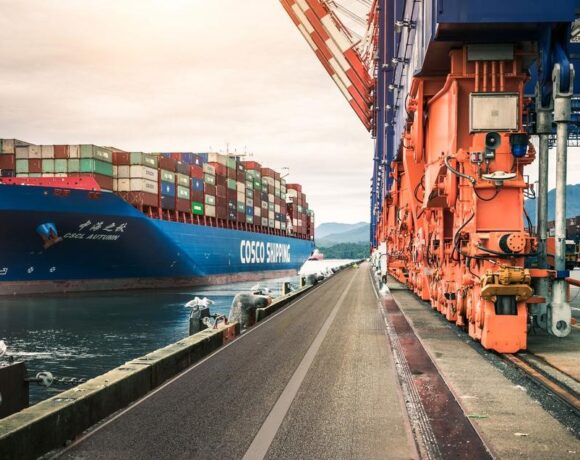Frozen Fish Inspection Approaches 100% Accuracy with Zebra Technologies’ 3D Sensors

Zebra Technologies Corporation (NASDAQ: ZBRA), a leading digital solution provider enabling businesses to intelligently connect data, assets, and people, today announced that marine food manufacturers are achieving visual inspection rates approaching 100% accuracy with Zebra’s AltiZ high fidelity 3D profile sensor technology.
Grupo Alava, a Zebra registered reseller and industrial automation distributor collaborated with Marexi, a provider of machine vision inspection solutions for the fishing and canning industry, to upgrade TUNASCAN®— Marexi’s patented, high speed, high throughput machine vision classification and sorting system.
Using Zebra’s 3D profile sensors with algorithms running inside the sensor to acquire and send corrected 3D data, TUNASCAN can classify and sort tuna with near-perfect accuracy rates. The system can now process up to 20 tons of frozen tuna per hour by species, size and quality for clients.
“One of our TUNASCAN installations has been working up to 20 hours a day, six days a week with barely any maintenance required,” said Pau Sánchez Carratalá, Vision and Robotics Engineer, Marexi. “With accuracy rates approaching 100%, our clients could not be more pleased with the upgraded system using Zebra’s 3D sensors.”
Proper visual classification of fish is challenging, especially frozen fish, which led the Marexi team to initiate the upgrade project with Grupo Alava to eliminate voids and make the system more robust and easier to calibrate. In the past, Marexi used separate cameras and lasers to obtain 3D data; however, these elements are now integrated into a single Zebra 3D sensor.
“We chose Zebra’s 3D sensors because our application required a strong, reliable way to obtain 3D point clouds from objects moving at a fairly fast speed,” said Sánchez Carratalá. “The application also needed to deal with a lot of point-cloud noise and dirt in the operations. The dual-camera, single-laser design of the Zebra 3D sensor achieves what could not be accomplished with a common 3D profile sensor, allowing us to attain the high reproduction fidelity we sought for the system and our clients.”
Frozen tuna passes through the TUNASCAN scanning section where two Zebra 3D sensors perform a 3D scan. The laser lines trace the contours of the tuna, and the embedded algorithms in the 3D sensors produce a point cloud which is stitched together to create a complete 3D rendering of the tuna. The algorithms ensure greater control over invalid data, which results in more robust 3D reproductions. Machine learning algorithms classify each tuna individually based on point-cloud data and weight, and then send the data to a sorting system so each tuna is sorted into its appropriate container.
“Powerful, modern visual inspection solutions using machine vision and 3D sensor technology help manufacturers who want to secure higher levels of accuracy in the complex inspection and classification of fresh and frozen food,” said Luca Gallo, Machine Vision Manager EMEA, Zebra Technologies. “Working with a trusted solution partner with the right hardware and software is making this goal a reality.”
Marexi has worked on a number of additional projects using Zebra’s 3D sensor technology and Aurora Imaging Library deep learning capabilities to properly identify, count and evaluate infections in fish samples.
KEY TAKEAWAYS
- Marexi needed to optimise its patented TUNASCAN machine vision system to obtain higher accuracy for clients in the marine food industries.
- Working with Grupo Alava, Marexi upgraded its TUNASCAN vision system with Zebra AltiZ high fidelity 3D profile sensors, securing accuracy levels approaching 100%.
- Zebra’s machine vision portfolio is designed to handle the most challenging inspection and classification needs of manufacturing industries including food, packaging, and automotive.
- Read the full case study here.
Last Updated on 12 months by News Desk 1













